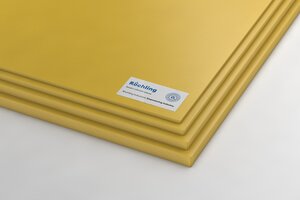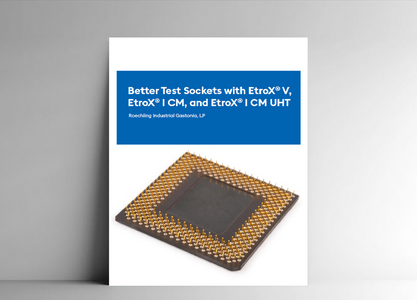Typical test socket materials
Thermoplastic materials for semiconductor test sockets are selected based on a variety of factors. Factors include temperature range, dimensional stability, micro machinability and relative cost. These and other factors need to be considered with the selection of material to produce a test socket. There are many options available, including PEEK, PEI, PPS, ceramic filled PEEK, and Polyimide. For temperatures at -40oC to about 170oC PEI and to about 220°C PPS would be suitable. At higher temperatures, PEEK and PI would be a better option. High dimensional stiffness is a feature of ceramic filled PEEK. PEEK filled ceramic performance will be enhanced due to the synergy of the composite. Additionally, ceramic filled PEEK has excellent chemical and thermal resistivity as well as good abrasion resistance. Polyimide offers excellent dimensional stability, strength and stiffness even above 250oC, as well as a UHT version up to short term 450°C. Optimal thermoplastic selection requires understanding of complete material performance requirements and fabrication needs.


















